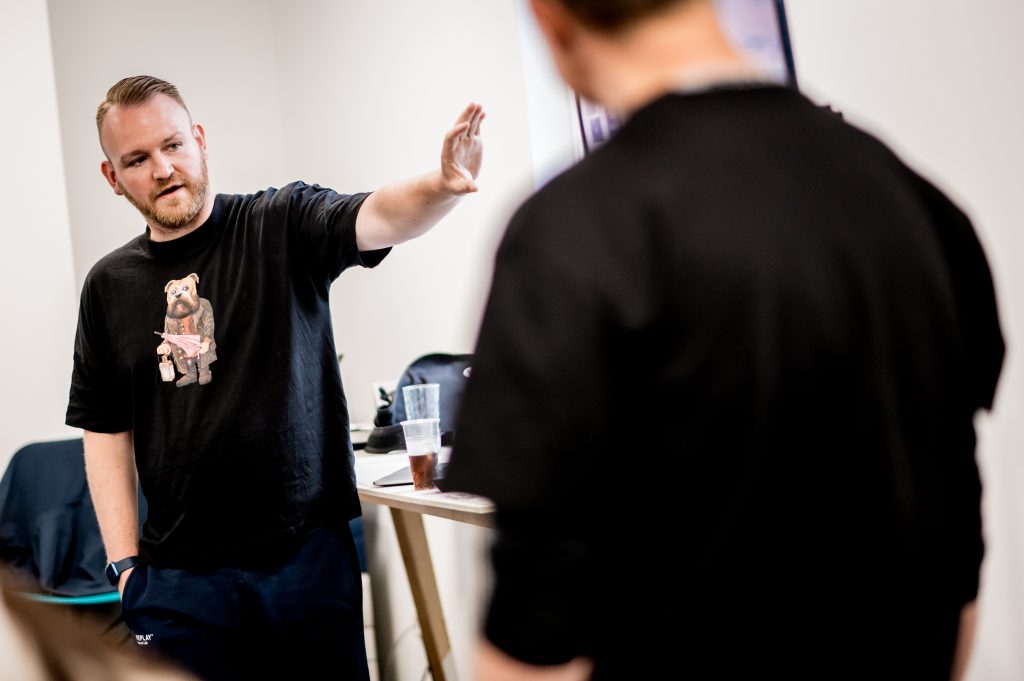During this blog, we’ll blast through some top tips on how to get your finances investment ready. We’ll run through some do’s and don’ts.
We’ll get going by running through some general points on good financial management.
DO be disciplined from day one and try and use cloud accounting where possible. A startup’s finances need to be at the heart of its operations and putting heads in sands will not help.

DON’T think that keeping a shoebox full of receipts is being financially responsible. In 2018 it’s amazing how many people still think this is a responsible way to keep financial records.
DO learn the key financial dates and reporting needs of your company. You can’t plan if you don’t know what’s around the corner.
DON’T outsource financial responsibility; yes, having advisers is great, but start-up’s shouldn’t think that having a lawyer or an accountant means that they could wash their hands of their legal and financial responsibilities. Work closely with your advisers and take ownership of your duties as founders and directors.
DO start with the end in mind. Founders need to understand what success looks like to them. Not everyone can be a unicorn but that’s totally fine. Chasing an unreachable goal can have serious negative effects on the health of both the company and the people working there.
Those were just some of the basics but now let’s turn our focus to investment rounds and some of the key things to do and not to do at each stage.
What are SEIS and EIS?
SEIS and EIS are government tax incentives designed to appeal to investors by lowering investor tax bills. Investors who put in the first £150k to a start-up get a 50% tax reducer and follow-on investors under EIS get a 30% reducer. These mechanisms are super successful of driving early stage investment in UK companies and significantly grease the wheels of early UK seed investment.
At Blu Sky, we administer SEIS and EIS applications for raises all over the UK. So let’s look at the characteristics of the early rounds focusing on pre-seed and seed stages that startups encounter typically in the 24 months or so.

We’ll look at preseed first.
A start-up looking at a pre seed round are likely to be pre-product and pre-launch and really be only a small ideas focused team.
DO, when raising a pre seed round, ensure that you present a clear financial model that you understand. Startups should have a clear model of how the business will return value to the investor but they should never present information that they themselves don’t understand. If a third party helped you to create your model please ensure that you take the time to learn it before you present it to any would-be investors.
DON’T give away too much equity now. It might seem easy to give away a chunk of equity to kickstart your business but giving away too much now will endanger the ability of the start-up to grow in later stages.
DON’T take too much from friends and family without the appropriate legals; it just gets messy.
Let’s move on to the SEIS round.
At this point we’re probably about six months down the line from the pre-seed investment. The valuation may pushing up and the founders’ equity dropping, so what should the startup now consider?
DO evaluate your likelihood of having SEIS or EIS approved. Experienced investors want the most certainty possible when it comes to their tax incentives, so please ensure that you’ve talked to an adviser about your SEIS or EIS status before promising anything. Even better if the startup knows who their investor will be well in advance of the raise, an application for pre-approval known as advanced assurance can be made to HMRC. This helps give investors confidence and makes the start-up much more investable.
DON’T underestimate the length of time it can take to raise finance. The energy and the time needed to raise finance is often huge so don’t underestimate the ups and downs along the way or the length of time it might take to get the deal over the line. Plan well in advance.

Let’s now finally look at the latest stage seed investments.
You’re likely now raising around half a million with the start-up valued at about three times that of the SEIS round and this cash should be pushing the startup towards its growth phase. Some traction in the market place should have been demonstrated. Now for a few more do’s and don’ts…
DO know exactly why you need the cash and how you’ll return value to investors. You’re starting to now ask for serious money and the move past SEIS means that the cash investment carries a much greater risk for investors. Where up until this point investors may have been willing to take a punt, it’s starting to get to the point where investors need a much clearer understanding of the chances of success and returns from their investment.
DO ensure you investigate all sources of equity finance, that’s through venture capital, business angels and crowdfunding.
DON’T restrict yourself to the local area. Look as far as you need to find the cash and most importantly, the right investor to deliver value.
Finally, and this is probably one the most important points across all rounds:
DON’T forget to monitor your cash runway. More on that next time…


